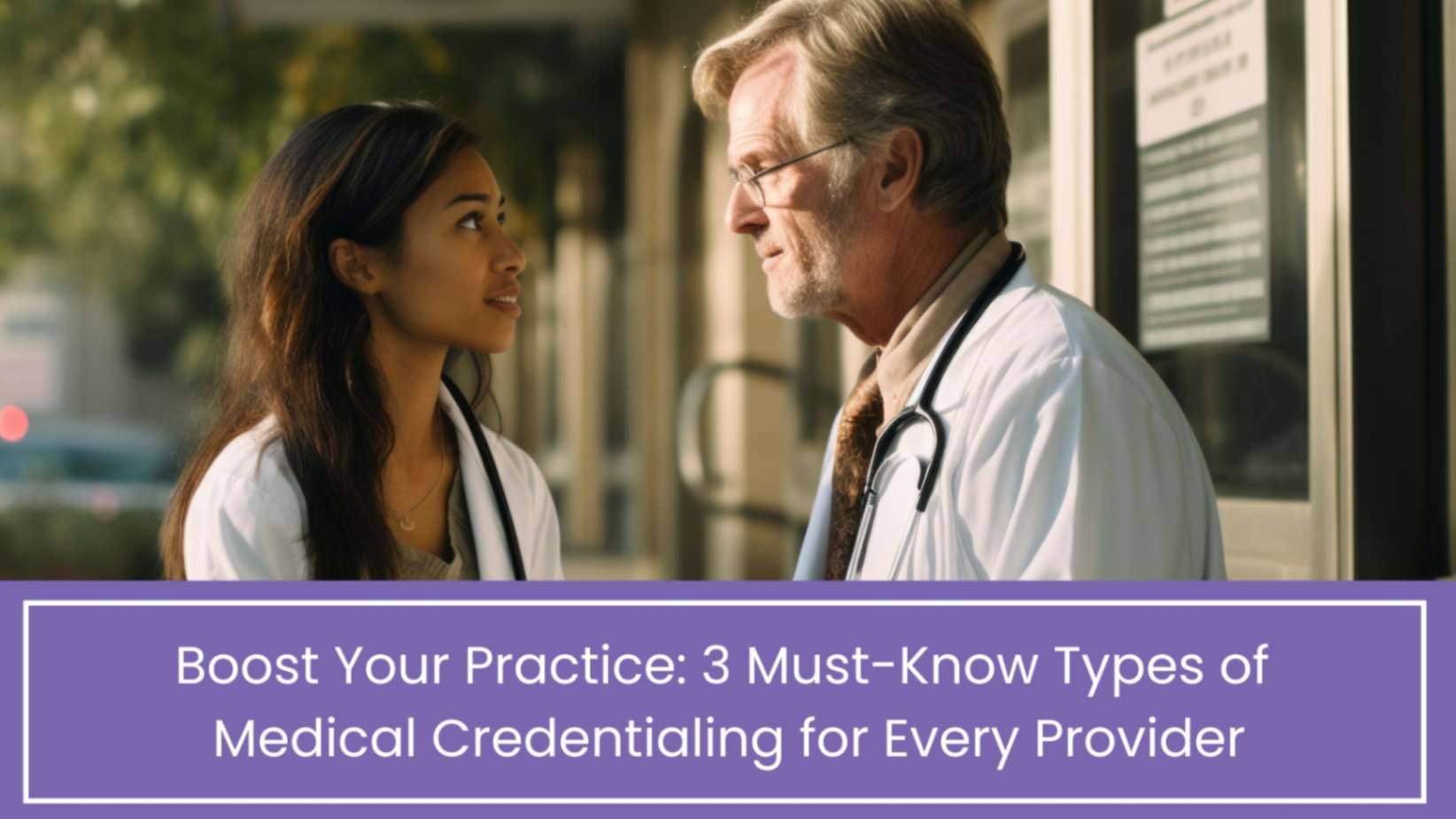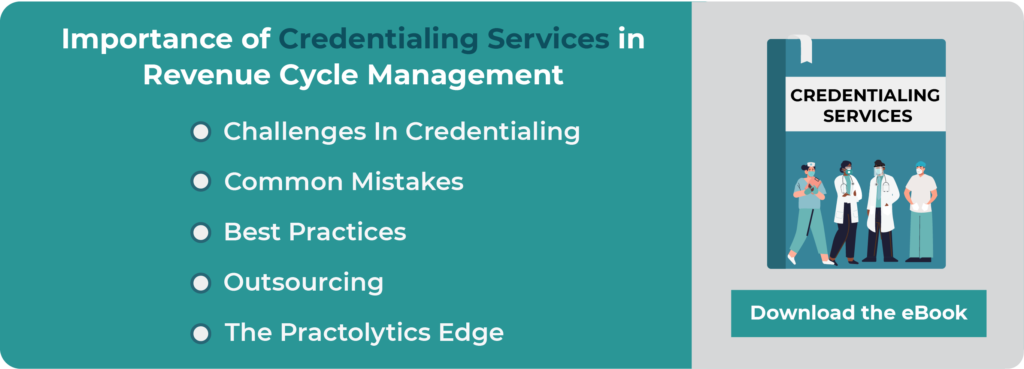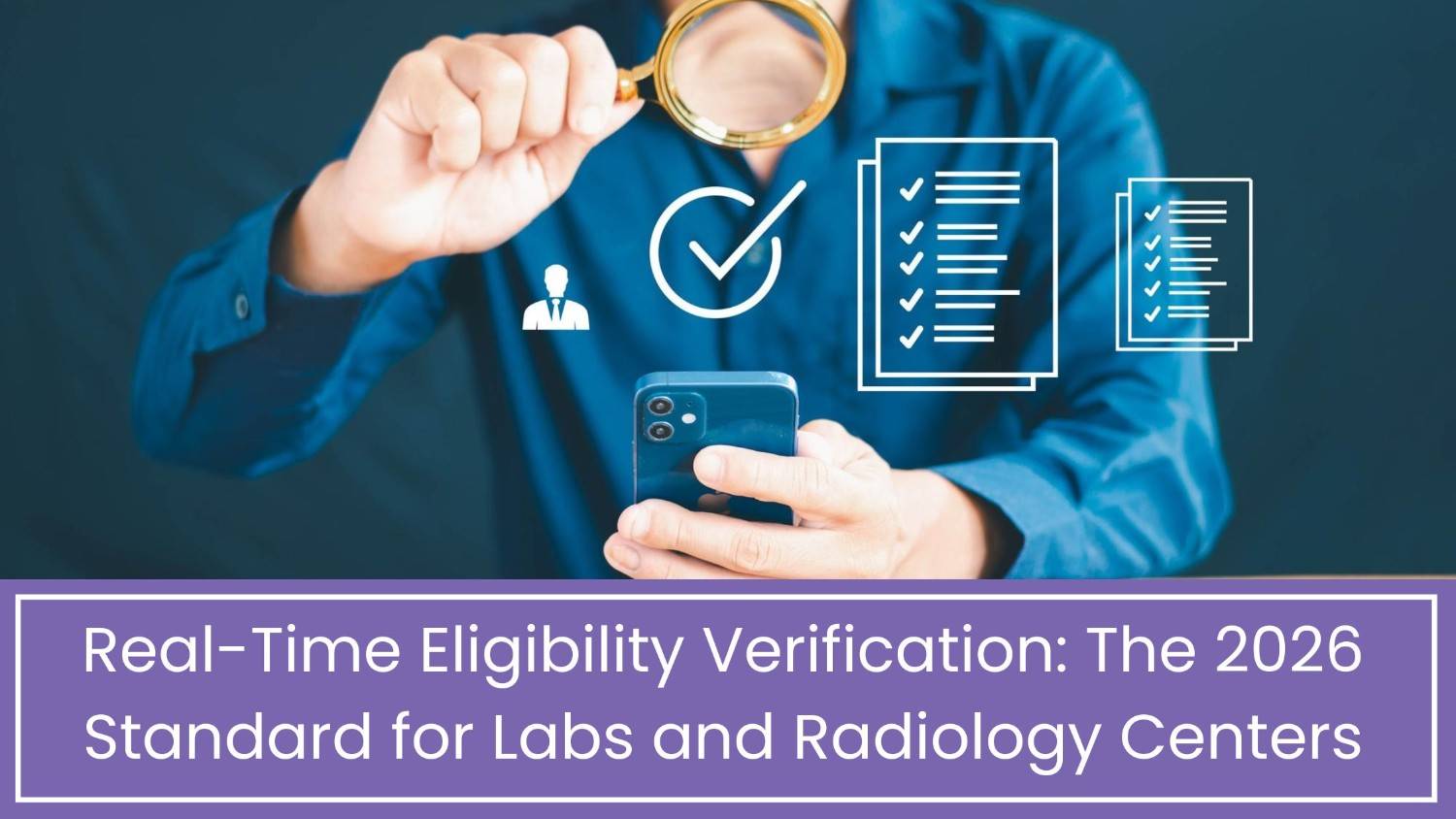3 types of Medical Credentialing Every Provider Should Know
In the intricate tapestry of modern healthcare, the ability to provide patient care is just one piece of the puzzle. Every medical professional faces an important but less glamorous step. This step is credentialing, and it connects their skills to their ability to bill for services or work in an institution. Understanding the “types of credentialing in healthcare” is crucial. It’s more than paperwork; it’s essential for a financially healthy and compliant practice. This guide will cover the 3 types of medical credentialing every provider should know. It will explain how they differ from licensing and show the steps for successful implementation.
Table of Contents
Credentialing vs Licensing: The Key Differences Every Provider Should Know
Before we explore the “Top 3 Types of Medical Credentialing: What Every Healthcare Provider Needs to Know,” let’s first clarify what licensure and credentialing mean. State medical boards license doctors and other healthcare professionals. These licenses allow them to practice medicine in their state. It verifies minimum competency and adherence to state laws. It’s a prerequisite for any form of practice.
Credentialing is a detailed process. It checks a provider’s qualifications, skills, and history. Licensing means you have legal permission to practice. medical Credentialing services, on the other hand, allows you to work within a specific system or get paid by a certain provider. Both are non-negotiable for a provider’s career.
3 Types of Medical Credentialing:
For effective practice management and sustained revenue, providers must grasp these three primary facets of credentialing:
1.Payer Credentialing (Insurance Credentialing)
Perhaps the most significant kind for a provider’s financial health is this one. “Payer credentialing” is the procedure that authorizes medical professionals to join a health insurance network. The inability of a provider to charge an insurance plan for services performed without being credentialed with insurance companies substantially restricts patient access and practice revenue since patients covered by that plan are either unable to see the physician or are required to pay out-of-pocket.
For payers, the “provider credentialing process” entails completing a thorough application (often via CAQH ProView or similar systems) that contains:
- Information on education and training (fellowships, residency, medical school)
- Board certifications
- Licensing information
- Work history and malpractice insurance
- Hospital affiliations
- Peer references
- Disclosure of any past disciplinary actions or malpractice claims
Payer-specific “provider credentialing requirements” differ somewhat, but the essential details are always the same. The “provider credentialing timeline,” which can vary from 90 to 180 days or even longer for certain payers, is frequently the largest obstacle in this situation. When a new provider can begin treating insured patients and making money is directly impacted by this protracted delay. Learning “how to get credentialed with insurance companies faster” frequently entails proactive follow-up and careful application preparation.
2.Facility or Hospital Credentialing (Privileging)
A process known as “Facility or Hospital Credentialing” is how hospitals or other healthcare facilities (such ambulatory surgery centers) provide a provider particular rights that enable them to admit patients, conduct procedures, or practice inside their walls. This is distinct from payer credentialing, though they share common underlying data points. It is possible for a provider to have payer credentials but lack privileges at a specific hospital. This means that they can bill for services elsewhere but not admit patients there.
Hospitals have a thorough provider credentialing process. This process emphasizes patient safety, professional integrity, and clinical competence. It involves verifying:
- Clinical education and residency
- Medical licenses and board certifications
- Malpractice history and current coverage
- Clinical references from peers
- Health status and background checks
- Specific procedures the provider is qualified to perform (privileges)
The “provider credentialing timeline” for hospitals can also be extensive, often running parallel to payer credentialing. For providers seeking to practice in an inpatient setting, this types of healthcare credentialing is non-negotiable.
3.Medical Provider Credentialing (Internal/Group Practice Credentialing)
While less discussed, this internal form of credentialing is vital for large group practices, Accountable Care Organizations (ACOs), or integrated health systems. This involves the internal verification processes undertaken by the practice itself to ensure that all providers meet the organization’s own standards for quality, safety, and compliance before they begin seeing patients under the group’s umbrella.
This is motivated by the practice’s internal governance and quality assurance procedures, but it frequently reflects some aspects of the payer and hospital credentialing. A multi-specialty organization might, for example, compare all new hires to their own “provider credentialing checklist” to guarantee uniformity in professional references, licensing verification, and background checks. This internal process is especially critical for groups engaged in “delegated credentialing” (discussed below), where the health plan relies on the group’s internal verification process.
Navigating the Provider Credentialing Process
The general Medical Provider Credentialing Process has a similar beat, regardless of the types of credentialing in healthcare you’re pursuing:
- The application submission process involves filling out and completing required paperwork. This is typically done through a hospital portal or CAQH ProView for payers.
- The credentialing body verifies information from original sources. This verification is called primary source verification, or PSV. This phase is crucial. It is frequently the most time-consuming.
- A credentialing committee evaluates applications for hospitals or payer network employees. A peer review is often conducted after the evaluation.
- Enrollment/Privileges Granted: The provider receives certain hospital privileges or is enrolled in the payer network after being approved.
- Continuous Observation: Credentialing is a continuous process. Suppliers are always monitored for penalties, disciplinary actions, and soon-to-expire certifications. Re-credentialing occurs every 2-3 years.
To manage the provider credentialing services timeline and speed up “how to get credentialed as a provider,” you need careful planning. Proactive follow-up and thorough “provider credentialing checklists” are also key.” Delays can mean lost revenue.
A Closer Look about Hospital vs Payer Credentialing
While both processes verify a provider’s qualifications, their objectives differ. “Hospital vs Payer Credentialing” shows that hospital credentialing focuses on care quality and patient safety. It sets the rules for what procedures a provider can perform at that facility. Payer credentialing deals with financial access. It determines who the provider can bill and get paid by for services covered by the plan. A provider can have hospital privileges. However, they still need different credentials for each insurance plan the hospital takes. This ensures they get paid for their services.
What Is Delegated Credentialing and Why Large Practices Are Using It?
“Delegated credentialing is a major development in credentialing. Many large practices are starting to use it.” Delegated credentialing is when a health plan or payer gives the credentialing process to a big group practice or an Independent Practice Association (IPA). The payer doesn’t need to check each provider again. They trust the group’s strong internal credentialing process.
This greatly helps large practices. It can really speed up the timeline for new providers joining the group. This shows the payer’s strong confidence in the group’s quality and verification standards. The delegating entity must have strong internal policies and be ready for audits. Strict credentialing requirements must be carefully followed for this.
How long does the provider credentialing timeline typically take?
The timeline varies widely but can range from 90 to 180 days for payers, sometimes longer. Hospital credentialing can also take several months. Proactive preparation is key to expediting this.
What happens if a provider isn’t credentialed?
A provider cannot bill a payer for services if they are not credentialed with that payer. This means that patients with that plan will pay all their costs. This often leads to losing patients and a lot of uncollectible income.
Can I apply for credentialing before I have my state license?
Generally, no. You need an active, unrestricted state license. This is a key step in the “Medical Provider Credentialing Process.””
How can I speed up how to get credentialed with insurance companies faster?
Ensure your CAQH profile is complete, accurate, and attested frequently. Respond to all requests for information immediately. Follow up regularly with payers, but respect their processes. Consider professional credentialing services.
Conclusion:
Every successful healthcare practice needs providers to understand three types of medical credentialing. Each type is key for keeping operations compliant and revenue steady.
This includes:
- Getting important payer contracts
- Securing hospital privileges
- Establishing internal quality assurance
Providers can confidently navigate the provider credentialing timeline. They can do this by using smart strategies and knowing the rules and requirements. Your financial security is protected by this proactive approach. It enables you to concentrate on providing outstanding patient care.
Discover the fundamentals of best medical credentialing services that all providers need to be aware of in order to run a profitable, legal practice. Payer credentialing for insurance reimbursements, facility or hospital credentialing for admitting privileges, and internal group practice credentialing for quality control within organizations are the three essential types that are broken down in this guide. Discover the distinctions between credentialing and licensing, as well as the application process, timelines, and the expanding use of delegated credentialing to expedite onboarding. Understanding these procedures is essential to guaranteeing prompt billing, continuous patient care, and long-term financial success as payer requirements and hospital standards tighten. This resource gives you the information you need to handle credentialing with confidence and prevent expensive delays, regardless of whether you’re a new provider or the manager of an expanding practice. Maintaining your credentials and compliance is essential to your income.
Talk to Medical Billing Expert Today — Get a Free Demo Now!






